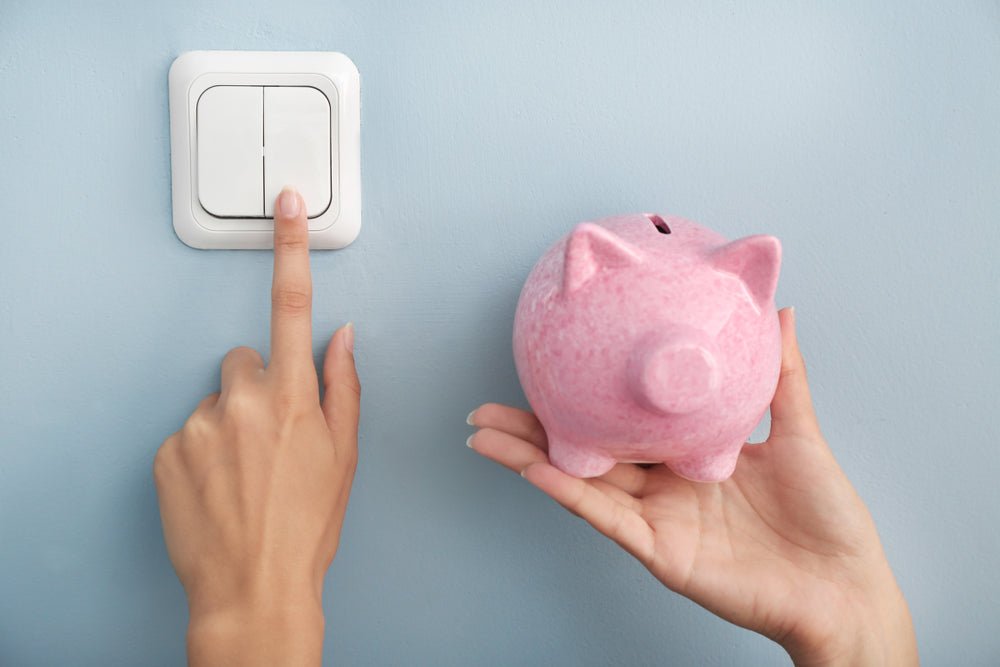
Every electrical appliance including light bulbs should have displayed on the packaging an EU Energy Label. This energy label provides vital information to customers on various counts. The information of greatest interest usually, is the Energy Efficiency Rating (also accompanied by a multi-coloured pictogram) of the appliance.

What is ‘Energy Efficiency’ in light bulbs?
Ideally, a light bulb that has cent percent energy efficiency would change 100 percent of the electrical energy supplied to it into light energy without any losses as heat.
Energy Efficiency Ratings for Light Bulbs:
As per an EU directive following the Energy Labelling requirements review in 2014, an energy consumption labelling system (based on a much older alphabetical scale) was put in place to be followed by all light bulb companies across the European Union. As per this system the energy efficiency of an LED light source is to be indicated alphabetically from a scale of
A++ to B only (the earlier categories C to D being phased out except for special cap halogen lamps) post September 2016.
All of TEKLED's products are energy efficient. You can take a look at our cost-effective alternatives here!

Plus ratings explained:
The year 2020 has seen the introduction of the + ratings to the A category of energy efficiency already in place since a decade or more. Each plus sign added to the A rating implies a 10% improvement in the energy efficiency so that an item with an A+++ rating is 30% more energy efficient than an item in the same product category labelled A for energy efficiency.
Image caption: Lumens and energy saving/ estimated cost of using LED comparison with regular light bulbs.

A++ and A+ ratings - An overview:
The A++ rating is the best possible rating as of now available in EU markets for LED (Light Emitting Diode) lamps. Most LED lamps come with a rating of A+ only. The difference in terms of power consumption and market price is not very significant. Lamps with these ratings typically have an Energy Efficiency Index lower than 13%. Simply put, LED lamps convert about 90 to 95 % of the electrical energy supplied to them into light energy with minimal energy loss as heat. This also means a smaller Carbon footprint and less damage to our environment. Generally speaking, you can expect an energy consumption of about 4 kWh per 1000 hours of use for an A++ rated LED light bulb.
The B rating:
Though light bulbs with this rating are now becoming increasingly less popular, some CFLs (Compact Fluorescent Lamps) with bulb shaped covers and some infrared coated halogen lamps are still in use. This rating implies a considerably higher power consumption as well as greater CO2 emissions. You can expect about twice to thrice the power consumption that you would have for a more energy efficient and eco-friendly A rated LED bulb.
What else?
Besides the energy efficiency rating category (from A+++ to B), the energy labels on light bulbs will usually indicate the Wattage, the power consumption in kWh per 1000 hours or annually, the luminous flux of the bulb in lumens, and the average lifespan of the bulb in hours.



